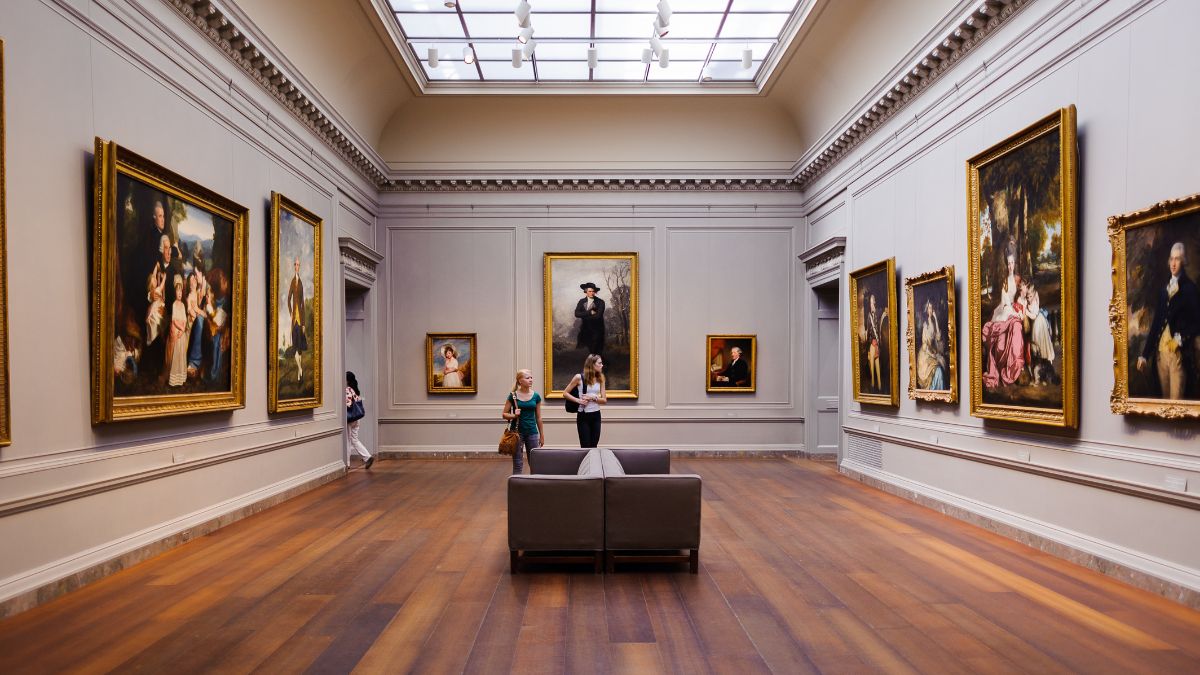

Collectables and personal use assets are things like artworks, jewellery, vehicles, boats and wine. Investments in such items must be made for genuine retirement purposes, not to provide any present-day benefit. So, collectables and personal use assets cannot be:
• leased to, or part of a lease arrangement with, a related party
• used by a related party
• stored or displayed in a private residence of a related party.
In addition:
• your investment must comply with all other relevant investment restrictions, including the sole purpose test
• the decision on where the item is stored must be documented (for example, in the minutes of a meeting of trustees) and the written record kept
• the item must be insured in the fund's name within seven days of the fund acquiring it
• if the item is transferred to a related party, this must be at market price as determined by a qualified, independent valuer.
Collectables and personal use assets are:
• artwork – including paintings, sculptures, drawings, engravings and photographs
• jewellery
• antiques
• artefacts
• coins, medallions or bank notes:
• coins and banknotes are collectables if their value exceeds their face value
• bullion coins are collectables if their value exceeds their face value and they are traded at a price above the spot price of their metal content
• postage stamps or first-day covers
• rare folios, manuscripts or books
• memorabilia
• wine or spirits
• motor vehicles and motorcycles
• recreational boats
• memberships of sporting or social clubs.
A private residence includes all parts of a private dwelling (above or below ground), the land on which the private residence is situated and all other buildings on that land, such as garages or sheds.
Collectables and personal use assets cannot provide a present day benefit, so they cannot be used by members or related parties.
For example, if your SMSF owns a vintage car, related parties cannot drive it for any reason – not even for maintenance purposes or to have restoration work done – because this constitutes use of the asset. However, a person who is not a related party can drive the vehicle for such a purpose.
Collectables and personal use assets must not be stored in the private residence of any related party.
You can store (but not display) collectables and personal use assets in premises owned by a related party provided it is not their private residence. They cannot be displayed because this means they are being used by the related party. For example, if your SMSF invests in artwork it cannot be hung in the business premises of a related party where it is visible to clients and employees. Remember to keep a record of the reasons for deciding on where to store the assets.
Collectables and personal use assets purchased by the fund must be insured in the name of the fund within seven days of the purchase.
As part of the decision to invest in collectables and personal use assets, you need to consider the availability and cost of insurance. If your fund has made the investment and you find you cannot obtain insurance, contact both your fund's SMSF auditor and the ATO to try to rectify the situation.
Your fund's collectables and personal use assets may be insured under separate policies or collectively under the one policy, but it must be in the name of the fund. You cannot, for example, insure the assets as part of a Trustee's home and contents insurance.